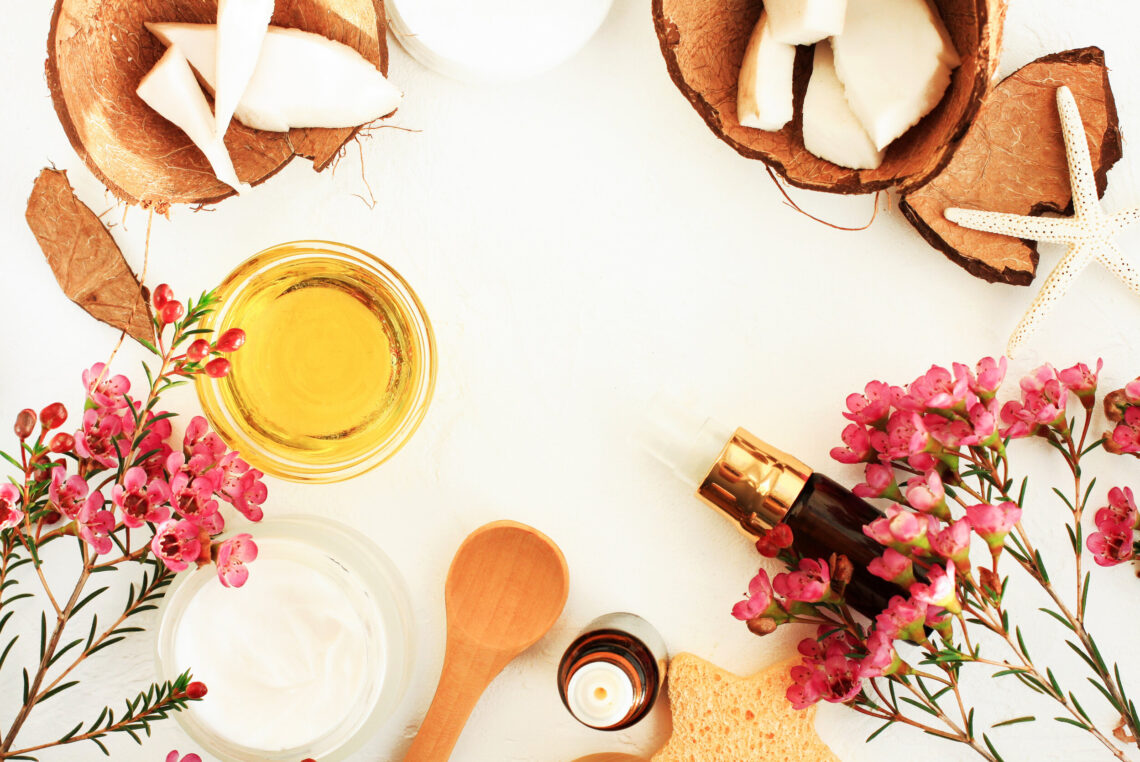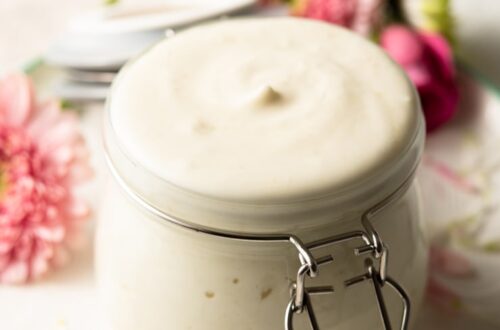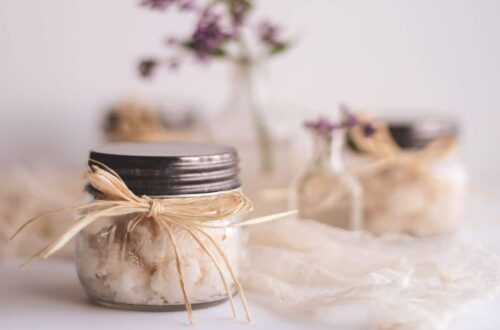Imagine waking up to soft, radiant skin, nourished by products you crafted yourself using ingredients straight from your kitchen. Natural skin care homemade is not only a rewarding creative outlet but also a way to pamper your skin with pure, chemical-free ingredients. Whether you’re looking to save money, avoid synthetic additives, or embrace a sustainable lifestyle, DIY skin treatments offer a personalized approach to beauty. This guide walks you through the benefits, essential ingredients, step-by-step recipes, safety tips, and beginner advice to help you master how to make skincare products at home.
Why Choose Homemade Natural Skin Care?
Crafting your own homemade skin treatment comes with a host of benefits that make it an appealing choice for skincare enthusiasts:
- Avoid Harsh Chemicals: Commercial products often contain synthetic fragrances, parabens, or sulfates that can irritate sensitive skin. A 2018 study highlighted the risk of skin sensitivity from fragranced products, noting that moisturizers worn for long periods are particularly likely to cause issues (Healthline). Homemade products let you skip these irritants.
- Cost-Effective: Homemade natural skin products use affordable ingredients like honey or oatmeal, often costing a fraction of high-end brands while delivering comparable results (Savvy Homemade).
- Customizable: Tailor recipes to your skin type—oily, dry, combination, or sensitive—for personalized care that addresses your unique needs.
- Eco-Friendly: By using natural ingredients and reusable containers, you reduce packaging waste, aligning with the clean beauty movement’s focus on sustainability (Our Oily House).
- Empowering and Fun: Mixing your own products is a creative process that fosters a deeper connection to your skincare routine.
The growing popularity of clean beauty reflects a desire for transparency in skincare ingredients, making DIY skin treatments a perfect fit for those seeking control over what they apply to their skin.
Essential Ingredients for Your Natural Skincare Arsenal
The key to effective homemade skin treatment lies in choosing high-quality, natural ingredients. Below are some staples, their benefits, and how to use them:
| Ingredient | Benefits | Best For | How to Use |
|---|---|---|---|
| Honey | Antimicrobial, hydrating, soothes acne and scars | Acne-prone, dry skin | Cleansers, masks |
| Aloe Vera | Anti-inflammatory, hydrates, promotes healing | Sensitive, irritated skin | Toners, masks |
| Coconut Oil | Moisturizing, antibacterial, softens skin | Dry, flaky skin | Moisturizers, balms |
| Oatmeal | Gentle exfoliation, soothes irritation | Sensitive, dry skin | Cleansers, masks |
| Shea Butter | Rich in vitamins, deeply moisturizes | Dry, cracked skin | Moisturizers, balms |
| Witch Hazel | Astringent, tightens pores, balances oil | Oily, combination skin | Toners |
| Rosewater | Soothes, balances pH, hydrates | All skin types | Toners, mists |
| Tea Tree Oil | Antibacterial, reduces acne | Acne-prone skin | Spot treatments, masks |



Sourcing Tips: Purchase organic, cold-pressed oils and butters from local health stores, farmers’ markets, or reputable online retailers like Mountain Rose Herbs or iHerb. For essential oils, ensure they’re pure and diluted properly to avoid irritation (WebMD).
Fun Fact: Honey has been used since ancient Egypt for wound healing and skincare, thanks to its natural enzymes and antimicrobial properties, making it a timeless ingredient for natural skin care homemade (Dr. Axe).
Step-by-Step DIY Skincare Recipes
Below are five easy-to-make DIY skin treatments designed for various skin needs. Each recipe uses simple ingredients and includes variations for customization.
1. Oatmeal Honey Cleanser
This gentle cleanser exfoliates and hydrates, perfect for sensitive or dry skin.
Ingredients:
- ¼ cup finely ground oatmeal
- 1 tablespoon raw honey
- 1 tablespoon plain yogurt
- 1 drop lavender essential oil (optional, omit for sensitive skin)
Method:
- Grind oatmeal into a fine powder using a blender or food processor.
- In a small bowl, mix oatmeal, honey, yogurt, and lavender oil (if using) until smooth.
- Store in an airtight container in the refrigerator for up to one week.
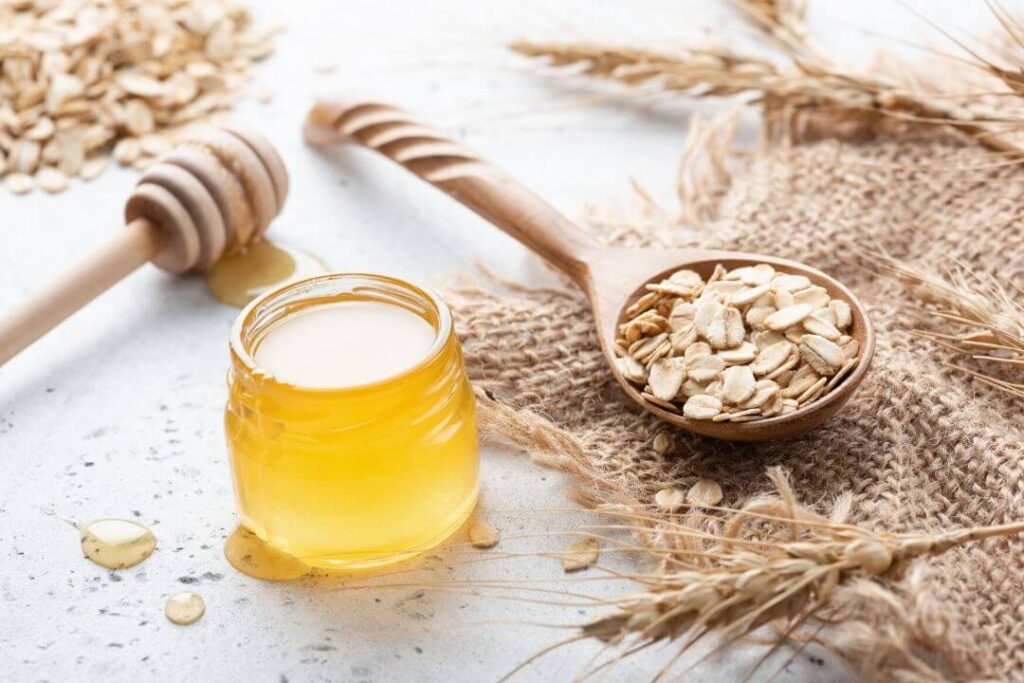
Usage: Apply to damp skin, massage gently for 1–2 minutes, then rinse with lukewarm water. Use 2–3 times weekly. Variation: Add 1 teaspoon ground coffee for extra exfoliation.
2. Herbal Rosewater Toner
This toner balances skin pH and soothes irritation, ideal for all skin types.
Ingredients:
- ½ cup witch hazel (alcohol-free)
- ½ cup rosewater
- 5 drops lavender or chamomile essential oil
Method:
- Combine witch hazel, rosewater, and essential oil in a clean spray bottle.
- Shake well to mix.
- Store in a cool, dark place for up to one month.
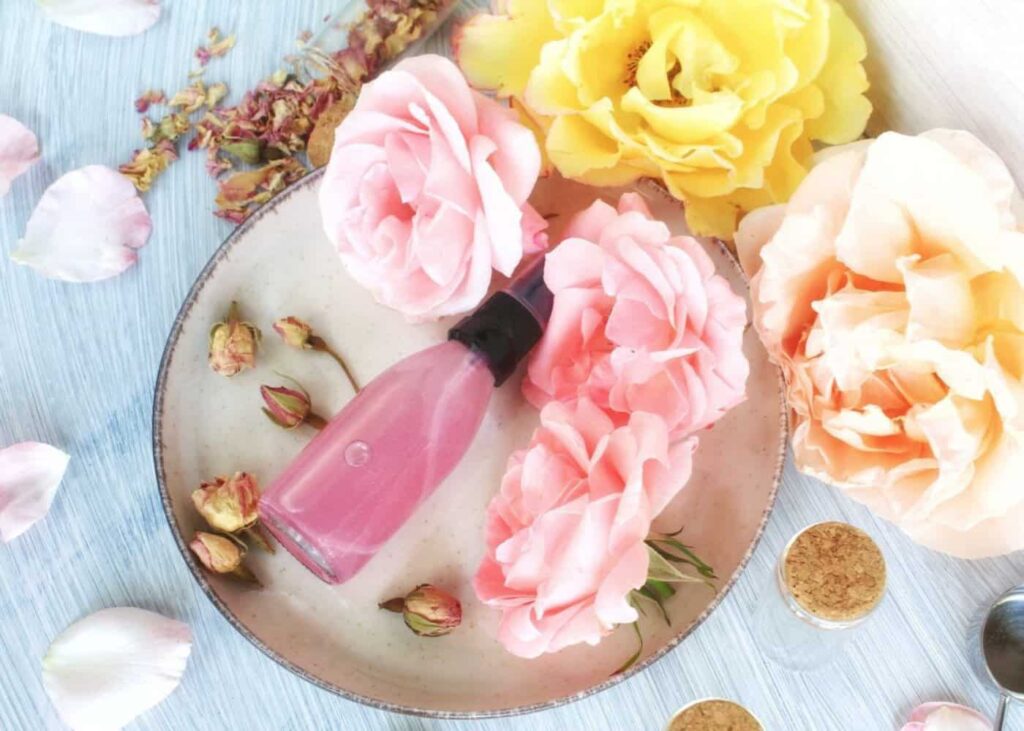
Usage: After cleansing, spritz onto face or apply with a cotton pad. Variation: Use peppermint hydrosol for oily skin or chamomile for sensitive skin.
3. Nourishing Shea Butter Moisturizer
This rich cream hydrates and protects dry or mature skin.
Ingredients:
- ¼ cup shea butter
- ¼ cup coconut oil
- 1 tablespoon almond oil
- 1 teaspoon vitamin E oil
- 10 drops frankincense essential oil (optional)
Method:
- Melt shea butter and coconut oil in a double boiler over low heat.
- Remove from heat, cool slightly, then add almond oil, vitamin E oil, and essential oil.
- Whisk until creamy, then transfer to a clean jar.
- Let set at room temperature or refrigerate briefly to solidify.
Usage: Apply a small amount to face and neck after toning. Store in a cool place for up to three months.
4. Clay and Tea Tree Mask
This mask draws out impurities and fights acne, perfect for oily or acne-prone skin.
Ingredients:
- 2 tablespoons bentonite clay
- 1 tablespoon raw honey
- 1 teaspoon water or rosewater
- 2 drops tea tree essential oil
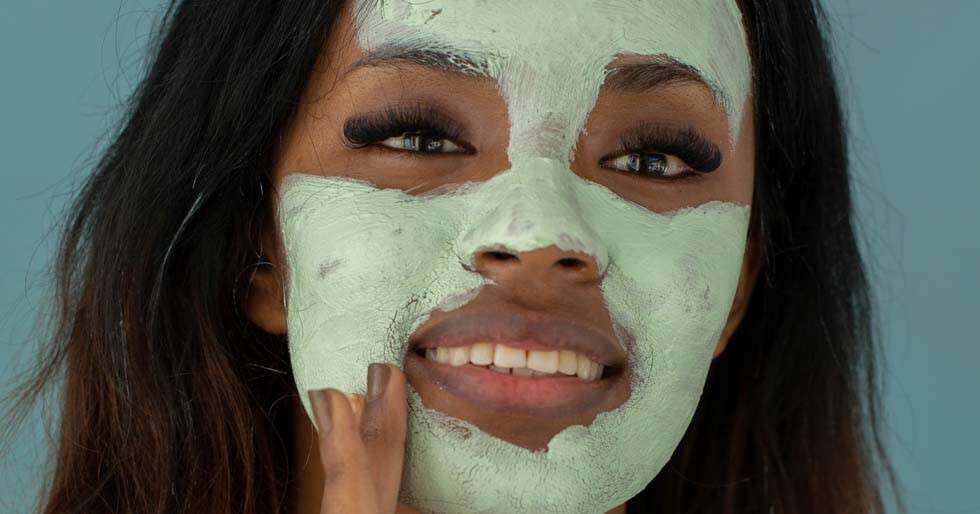
Method:
- Mix clay, honey, water, and tea tree oil in a non-metal bowl (metal can deactivate clay).
- Stir until smooth, adding more water if needed for a spreadable consistency.
- Use immediately, as clay masks don’t store well.
Usage: Apply a thin layer to clean skin, leave for 10–15 minutes, then rinse off. Use once weekly. Variation: Replace tea tree with lavender oil for sensitive skin.
5. Lemon Sugar Scrub
This scrub exfoliates and brightens, suitable for all skin types.
Ingredients:
- ½ cup granulated sugar
- ¼ cup olive oil
- 1 tablespoon fresh lemon juice
Method:
- Mix sugar, olive oil, and lemon juice in a bowl until well combined.
- Transfer to an airtight jar.
- Store in a cool place for up to two weeks.
Usage: Gently massage onto damp skin for 1 minute, then rinse off. Use 1–2 times weekly. Variation: Add 1 teaspoon turmeric for anti-inflammatory benefits.
Safety First: Ensuring Safe and Effective Products
Creating homemade natural skin products requires care to ensure safety and efficacy:
- Patch Test: Apply a small amount of any new product to your inner wrist and wait 24 hours to check for reactions, especially with essential oils, which can be sensitizing (Formula Botanica).
- Fresh Ingredients: Use high-quality, organic ingredients to avoid contamination or reduced efficacy.
- Proper Storage: Store perishable products (e.g., those with yogurt or honey) in the refrigerator and use within 1–2 weeks. Non-perishable products like oils can last up to three months in a cool, dark place.
- Avoid Contamination: Use clean utensils and avoid dipping fingers into jars. Use a spoon or spatula to scoop products.
- Shelf Life: Without preservatives, homemade products spoil faster than commercial ones. Discard if you notice changes in smell, texture, or color.
Disclaimer: These recipes are for educational purposes. If you have skin conditions or allergies, consult a dermatologist before trying new products.
Tips for Beginners: Starting Your DIY Skincare Journey
If you’re new to how to make skin care, these tips will help you succeed:
- Start Simple: Begin with recipes like the oatmeal cleanser or rosewater toner, which require minimal ingredients and equipment.
- Invest in Basics: Get glass jars, a double boiler, and a small blender for smoother formulations.
- Keep a Journal: Track recipes, skin reactions, and tweaks to find what works best.
- Be Patient: Results may take weeks, so stick with a routine to see improvements.
- Seek Professional Advice: For conditions like eczema or severe acne, consult a dermatologist to ensure DIY products complement professional treatments.
Fun Fact: Cleopatra reportedly used aloe vera and milk in her beauty rituals, a testament to the timeless power of natural ingredients in skincare (Vegan Society).
Conclusion
Crafting homemade natural skin products is an empowering way to take control of your skincare routine. By using ingredients like honey, aloe vera, and shea butter, you can create effective, personalized products that rival commercial brands without the hefty price tag or environmental impact. Start with the recipes above, experiment with variations, and enjoy the process of discovering what makes your skin glow. Share your creations with friends or on social platforms like X to inspire others in the clean beauty community. Happy crafting!
